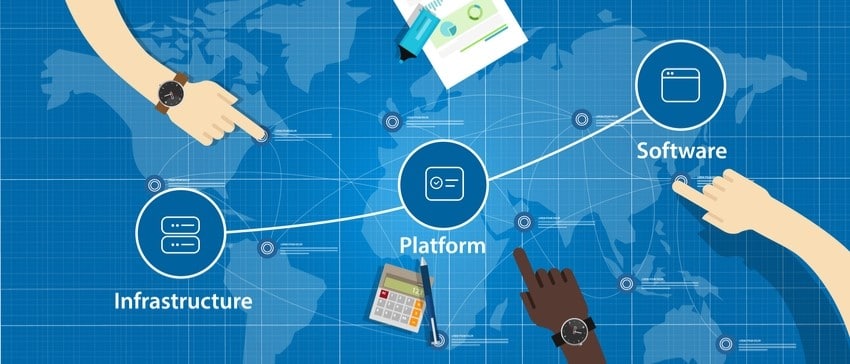What is the role of an e-procurement report? Where does analytics fit in for procurement teams? How important are they for organizations?
Reporting and analytics can highlight problems along the supply chain and provide solutions for procurement issues while giving direction for future efforts.
If you have no systems to track your metrics then you likely don’t know where the leaks are and how to plug them.
As the late management guru Peter Drucker often said, “If you can’t measure it, you can’t improve it.”
So, what are procurement analytics and reporting and just how beneficial are they? Let’s dive deep.
What is Procurement Analytics?
Technopedia.com defines analytics as:
“…the scientific process of discovering and communicating the meaningful patterns which can be found in data.”
Combining this definition with the term procurement, we see that procurement analytics is therefore the action of transmuting data extracted from procurement activities and turning this information into actionable insights.
The 4 Types of Procurement Analytics
Analytics are vast and within procurement, the field can be divided into four major types. Each form of procurement analytic is designed to help procurement teams better understand past and present performance so better decisions can be made in the future. The four core types of procurement analytics often presented in an e-procurement report are:
· Diagnostic Analytics
· Descriptive Analytics
· Predictive Analytics
· Prescriptive Analytics
Diagnostic Analytics
This form of analytics is interested in the history of things, investigating the cause or nature of procurement problems and situations.
Procurement data is studied with the main objective of understanding the happenings of the past.
Descriptive Analytics
Procurement data is studied comprehensively so past performance can be recounted and reported with precision from an informed point of view.
Predictive Analytics
Procurement data isn’t used to simply understand past events. It is also actively studied so that trends and patterns emerging from the data can be employed to forecast and predict future procurement fulfillment.
Prescriptive Analytics
Prescriptive analytics is concerned with the adoption of predictive models. These models generated from procurement data facilitate and improve decision making.
The Importance of Procurement Analytics
The end goal of procurement analytics is to help CPOs make better decisions. Because of the enormous quantities of data being generated every day, procurement teams need tactical ways of making sense of all of it.
This is where analytics presented in an e-procurement report steps in to assist.
Analytics can be a game-changer. They can reveal supplier behavior, vendor performance, and even expose risks along the supply chain. This can drastically change how a team engages vendors and other third parties.
Without data, it can be difficult to ascertain the efficacy of certain processes. In the world of procurement, analytics are applied in order to improve the enterprises’ operational efficiency and public contracting.
What is Procurement Reporting?
In order to understand what procurement reporting is, we must grasp what a report is.
A report is simply a document that provides information. The data may be presented in this report in a narrative, tabular or graphic manner.
Within organizations, procurement reports are typically provided on a periodic timetable however they may also be generated ad hoc.
The different types of e-procurement reports that exist include:
· Accounts payable report
· Spend report
· Supplier base report
The Importance of Procurement Reports
E-procurement reports provide enterprises with clear oversight of the value being delivered by procurement activities.
Such reporting contributes to the organization achieving its wider aims and objectives. These reports also give a comprehensive overview of how effective different procurement strategies are and help with cost savings.
Conclusion
Reporting and analytics allow organizations to obtain a consolidated view of their procurement spend and activities.
The efficacy of both reporting and analytics is directly linked to how well procurement teams understand their importance and whether or not said teams have the necessary tools at their disposal to accurately collect, cleanse, and enrich the procurement data.
Fortunately, you don’t need to look far for robust procurement software.
ProcurePort is one of the leading providers of cutting-edge innovative procurement solutions including spend analysis technologies and is trusted by enterprises and organizations such as UNOPS, HUD.GOV, and conEdison.
If you would like to discuss procurement software with a consultant, or to schedule a demo, contact us today.










